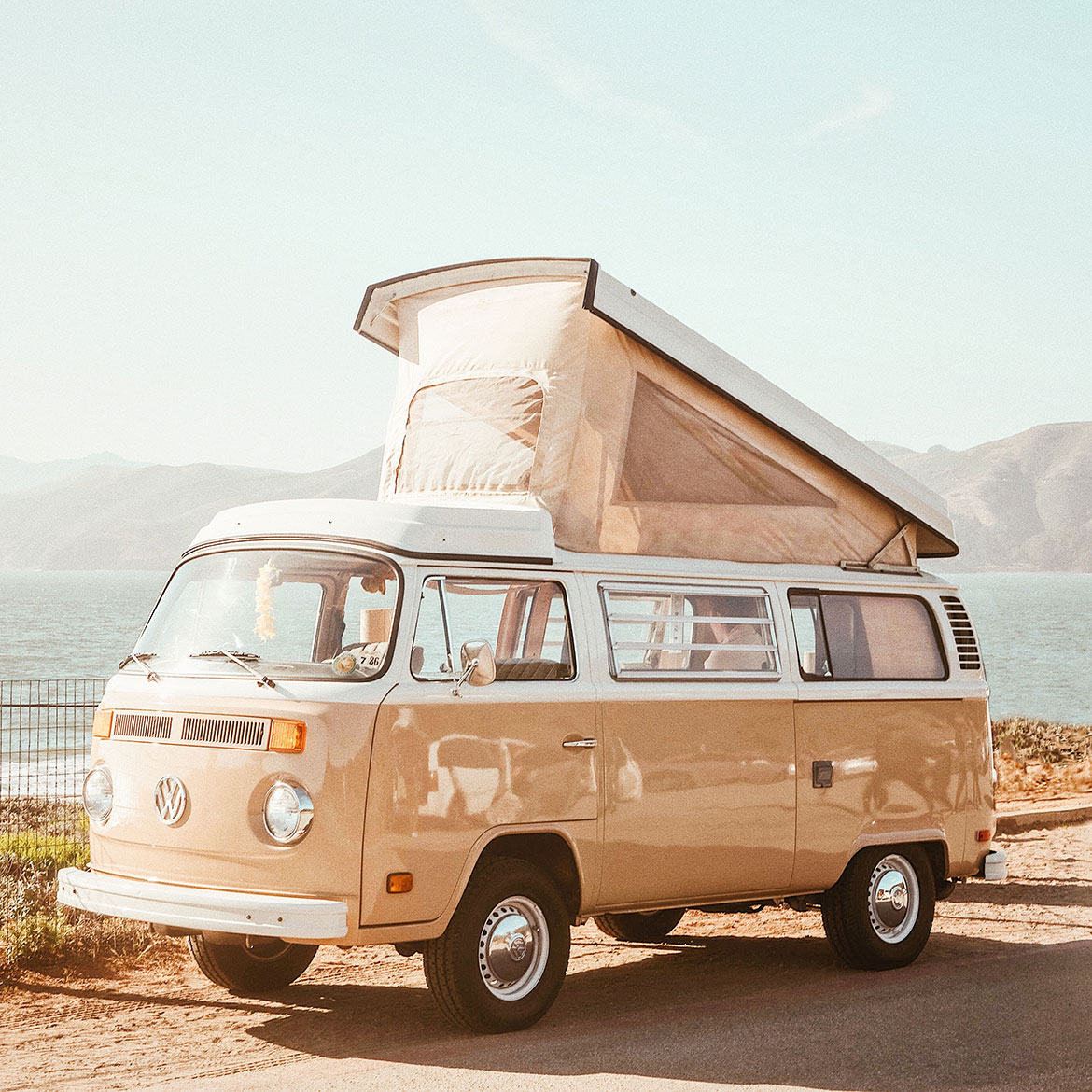Top 10 Natural Wonders You Must See in Iceland

Iceland is a country where fire meets ice, a land sculpted by volcanic eruptions and polished by glaciers. With its dramatic landscapes, ethereal skies, and unspoiled wilderness, it’s no wonder that Iceland is on the bucket list of so many travelers. From thundering waterfalls to steaming geothermal fields, the natural wonders of this Nordic island promise awe at every turn. Whether you’re a nature enthusiast, a photographer, or simply an adventurer at heart, here are the top 10 natural wonders you must see in Iceland.
1. Gullfoss Waterfall – The Golden Falls
One of the most iconic natural wonders in Iceland, Gullfoss is a two-tiered waterfall located in the canyon of the Hvítá river. Part of the famous Golden Circle route, this powerful cascade plunges into a rugged gorge, often sending mist into the air that creates dazzling rainbows on sunny days. The sheer volume and force of the water are breathtaking, and the surrounding landscape changes dramatically with the seasons, offering a new kind of beauty year-round.
2. Jökulsárlón Glacier Lagoon – Where Ice Meets Ocean
Jökulsárlón is a serene glacial lake filled with floating icebergs that have calved from the nearby Breiðamerkurjökull glacier. These ice chunks drift lazily toward the ocean, sometimes carrying curious seals along for the ride. The lagoon is located in southeast Iceland and is often paired with a walk on the adjacent Diamond Beach, where icebergs glisten like gems on the black sand. This otherworldly sight is a testament to the fleeting nature of glaciers and the raw beauty of the Earth.
3. Þingvellir National Park – A Rift Between Continents
At Þingvellir National Park, visitors can literally walk between two continents. This UNESCO World Heritage Site is situated in a rift valley where the North American and Eurasian tectonic plates are slowly pulling apart. In addition to its geological significance, Þingvellir is rich in history as the site of Iceland’s first parliament, founded in 930 AD. Crystal-clear waters, lava fields, and dramatic cliffs make this a must-see stop for anyone fascinated by Earth’s ever-changing surface.
4. Vatnajökull Glacier – Europe’s Largest Ice Cap
Covering more than 8% of Iceland’s landmass, Vatnajökull is not just a glacier—it’s a world of its own. Beneath its icy surface lie active volcanoes, ice caves, and mountain peaks. Adventurers can take guided tours into the glacier’s breathtaking ice caves, especially during the winter months when they are stable and accessible. These caves are known for their electric-blue walls and surreal silence, creating a truly unforgettable experience.
5. Reynisfjara Black Sand Beach – Volcanic Beauty
Located near the village of Vík on Iceland’s south coast, Reynisfjara is famed for its jet-black volcanic sand and towering basalt columns. The beach is also home to the mysterious Reynisdrangar sea stacks, which local legend claims are trolls turned to stone. The crashing Atlantic waves and dramatic cliffs make this one of the most photogenic natural wonders in Iceland—but be cautious, as the “sneaker waves” here are powerful and unpredictable.
6. The Northern Lights – Nature’s Light Show
While not a physical feature of the landscape, the Northern Lights (Aurora Borealis) are undeniably one of Iceland’s most mesmerizing natural wonders. Best seen from September to April in dark, clear skies, these vibrant displays of green, purple, and pink light swirl and shimmer across the heavens. Rural locations away from city lights, such as the Westfjords or Thingvellir, offer the best chances for spotting them. Witnessing the aurora is a magical, soul-stirring experience.
7. Hverir Geothermal Area – A Martian Landscape on Earth
North of Lake Mývatn lies Hverir, a geothermal field that looks like something from another planet. Bubbling mud pots, hissing steam vents, and colorful mineral deposits cover the area, creating an eerie and captivating environment. The sulfur smell might catch you off guard, but the vibrant yellows, oranges, and reds of the terrain are worth it. Hverir showcases the intense geothermal activity that lies just beneath Iceland’s crust.
8. Dettifoss Waterfall – Europe’s Most Powerful Cascade
In the north of Iceland, within Vatnajökull National Park, lies Dettifoss—Europe’s most powerful waterfall. Carrying water from the mighty Vatnajökull glacier, Dettifoss crashes down 144 feet into Jökulsárgljúfur canyon with an intensity that’s both deafening and humbling. Standing near the edge, you can feel the ground tremble and sense the immense force of nature in motion. The stark, rocky landscape only adds to the drama.
9. Landmannalaugar – The Rainbow Mountains
Nestled in Iceland’s highlands, Landmannalaugar is famous for its multicolored rhyolite mountains, steaming hot springs, and vast lava fields. The area’s hiking trails are among the most stunning in the world, especially the Laugavegur Trail, which takes trekkers through volcanic terrain, glaciers, and valleys. The mountains here glow in shades of pink, green, yellow, and red, making them one of the most visually arresting natural wonders in the country.
10. Snæfellsjökull – The Glacier-Capped Volcano
Rising majestically on the Snæfellsnes Peninsula, Snæfellsjökull is a glacier-capped volcano made famous by Jules Verne in Journey to the Center of the Earth. On clear days, it can be seen from Reykjavik, even though it’s more than 100 miles away. The surrounding national park offers lava fields, rugged coastlines, and mystical caves. Some locals believe the mountain has a spiritual energy, and it’s easy to see why—it’s hauntingly beautiful and incredibly peaceful.
Planning Your Trip to Iceland’s Natural Wonders
Iceland’s unique geography means that even the most remote natural wonders can be reached with a little planning. Renting a car and driving the Ring Road is one of the best ways to explore the country’s diverse terrain. Many travelers also opt for guided tours to specific sites like glaciers or geothermal areas for added safety and insight.
Be sure to pack for all types of weather, as Iceland is known for its rapid changes in climate—even in summer. Layered clothing, waterproof gear, and sturdy boots are must-haves. And, since the environment is fragile, always stick to marked paths and follow Leave No Trace principles to help preserve these natural marvels for future generations.
Why Iceland’s Natural Wonders Captivate So Many
The allure of Iceland’s natural wonders lies not just in their beauty, but in the stories they tell—of ice ages and volcanic eruptions, of Norse mythology and the slow dance of tectonic plates. Every waterfall, glacier, and geyser is a chapter in the Earth’s grand narrative.
For travelers from the United States and around the world, Iceland offers a rare opportunity to feel completely immersed in nature. The country’s relatively small size means you can experience a remarkable variety of landscapes in a single trip. And with its focus on sustainability and eco-tourism, Iceland ensures that these treasures can be enjoyed for generations to come.
FAQs
When is the best time to visit Iceland’s natural wonders?
Summer (June to August) offers long daylight hours and easier access to remote locations. Winter (November to March) is best for viewing the Northern Lights and exploring ice caves.
Do I need a 4×4 vehicle to visit these sites?
Many popular natural wonders are accessible via paved roads, but a 4×4 is recommended for highland routes like those to Landmannalaugar, especially in summer.
Are Iceland’s natural wonders family-friendly?
Yes, many sites like Gullfoss, Þingvellir, and Jökulsárlón have walking paths and facilities. However, always supervise children near cliffs and water features.
Is it safe to travel independently around Iceland?
Generally, yes. Iceland is known for being safe and tourist-friendly. However, always check weather conditions and road closures before setting out.
Can I see the Northern Lights from Reykjavik?
It’s possible, but your chances improve significantly if you travel away from city lights. Northern regions and rural areas offer the best viewing conditions.
Are there entrance fees for natural wonders in Iceland?
Most natural attractions are free to visit, though some areas like Þingvellir may charge for parking. Guided tours and special activities like glacier hikes come at a cost.
What should I pack for exploring Iceland’s outdoors?
Sturdy hiking boots, layered clothing, a waterproof jacket, gloves, and a hat are essentials. A camera and binoculars are also great for capturing wildlife and vistas.
Can I swim in the geothermal areas?
Only swim in designated geothermal pools and hot springs. Some geothermal areas, like Hverir, are too hot and dangerous for bathing.
Is English widely spoken in Iceland?
Yes, most Icelanders speak excellent English, especially in tourist areas, making travel easy for U.S. visitors.
Are natural wonders accessible year-round?
Some are accessible year-round, like Gullfoss and Þingvellir. Others, such as certain highland or ice cave areas, are seasonal and depend on weather conditions.
Image Source: Canva








